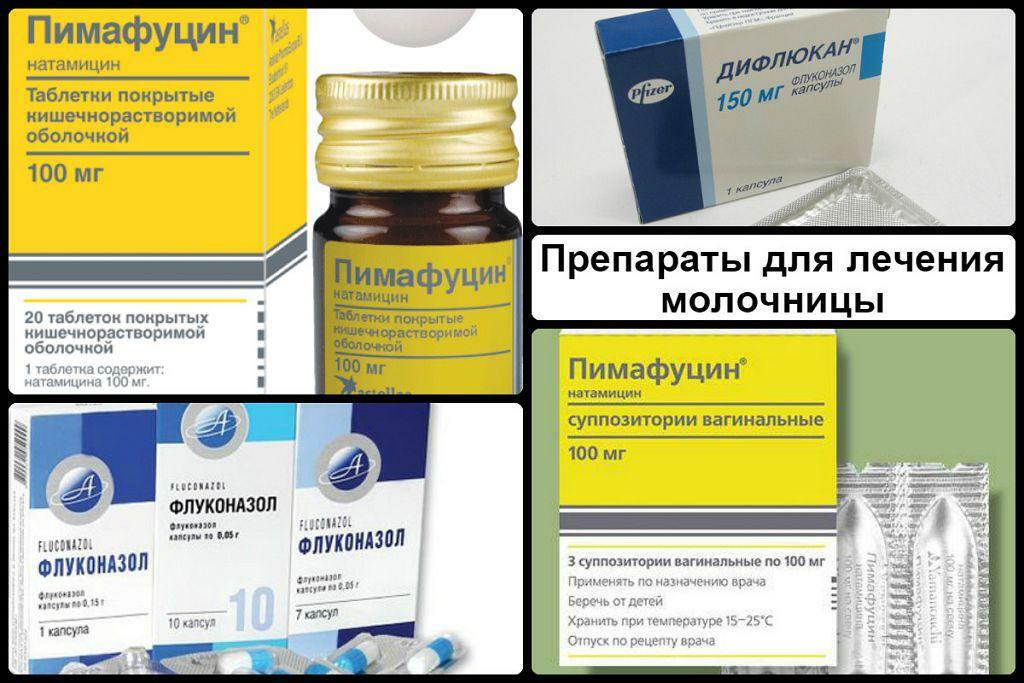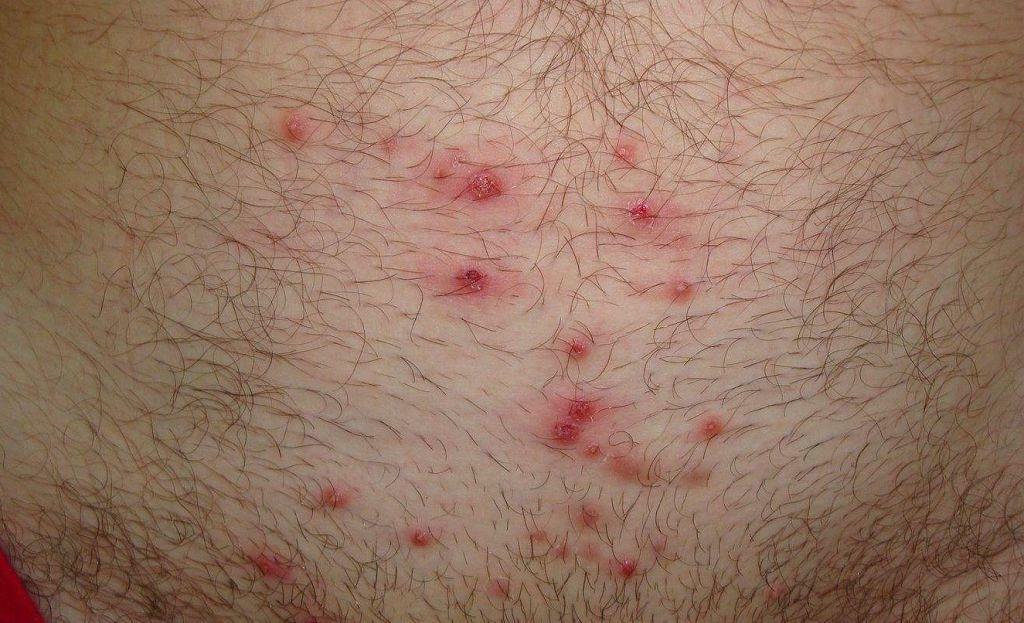GENERAL
The disease may have different names: kostolomnoy or articular fever (due to the impact on the joints), fever, giraffes, dengue fever, a disease of date. Sometimes mistakenly called ailment fever tenge. Are four serotypes of the virus that cause the disease. Usually the illness is caused by one of them, in rare cases, infection is possible by several serotypes.
Facts about dengue:

- The development of the disease provoked Togaviridae virus (Genus Flavivirus).
- "Catch" the disease, visit the African country, visiting South or South-East Asia, the islands of the Pacific and the Caribbean.
- carriers infection appear sick people and primates, sometimes - bats.
- virus infection occurs after being bitten by mosquitoes species Aedes aegypti (often) that carry the infection from an infected person.
- Exposed as a disease children different ages and adults.
- incubation period of the virus in the mosquito is from 4 to 10 days, After which the infected individuals are carriers of the disease before the end of his life (up to three months).
Risk is a severe form of dengue hemorrhagic fever otherwise known that untreated may cause severe injury, including death.
CAUSES
Cause of dengue fever arbovirus is the kind Flavivirus, which enters the human bloodstream through the bite of an infected female mosquito. Dengue virus is the mosquito develops only at a temperature of not less than 22 ° C, is resistant to low temperatures and drying. It can not withstand heating to 60 ° C, exposure to ultraviolet rays or treatment with formalin ether.
Has four dengue virus serotypes: DEN-I, DEN-II, DEN-III, DEN-IV. The dependence of the type and severity of the disease from infecting a particular type of the virus have not been established by science. You can become infected as a single or just a few types of the virus. In this case, the disease is severe.

An infected person (or monkey) itself becomes a source of spread of the virus within 12 days after the first symptoms.
CLASSIFICATION
The disease is classified according to several criteria.
In form:
- classic;
- hemorrhagic.
By gravity process are 4 degrees:
- I st. manifested by fever, symptoms of general intoxication, blood clots, and thrombocytopenia. If a tourniquet appear hemorrhage.
- Article II. characterized by the addition spontaneous bleeding of different etiology (subcutaneous, from the digestive tract, etc.). A blood test reveals pronounced thrombocytopenia and hemoconcentration.
- Degree III: are added to the features of the second circulatory insufficiency and agitation.
- Article IV. - critical, characterized by the development of deep shock (complete absence of blood pressure) for her.
SYMPTOMS
Symptoms and treatment of fever in its classic form are similar to the flu. The first symptoms of dengue fever occur in humans 5-7 days after the bite of an infected mosquito. Classical form of dengue can be identified by the following symptoms:
- malaise, weakness;
- conjunctivitis and rhinitis;
- chills;
- the emergence of arthralgia and myalgia, which prevent free movement;
- severe headaches;
- aching muscles and joints (especially the knees).
the patient's appearance undergoes significant changes:
- facial skin and conjunctiva sharply giperemirovana;
- there language taxation;
- present photophobiaConstantly covered because of what the eye;
- 5-6 days after the onset of the disease appear maculopapular rash bright red color.
Usually, fever does not exceed the duration of five to nine days. Temperature normalized on the third day.
Symptoms of dengue, such as a sudden sharp increase in temperature to 40-41oS, occurrence of cough and sore throat, circulatory failure, fainting, delirium, indicate the development of the hemorrhagic form of dengue fever. The injection sites in patients appear characteristic bruises, blood platelet content is significantly reduced.
DIAGNOSTICS
Symptomatology of the classical form of dengue has features of similarity to other viral diseases, so it is important to differentiate it from the flu, measles and dog disease. In turn, its hemorrhagic form of manifestation is similar to the symptoms of sepsis and hemorrhagic fevers of other species.
Diagnosis can be made on the basis of the following features:
- a rapid temperature increase to a critical point (40-41oS);
- occurrence of bleeding and hemorrhage of various etiology;
- increase in liver size without causing jaundice;
- presence of thrombocytopenia (≤100h109 \ n);
- an increase in platelet count over 20%;
- the development of a state of shock.
Also taken into account the information about the patient's stay in an endemic area for the disease. Additionally, it may be assigned to general urine and blood samples (for virus isolation).
TREATMENT
There are no drugs that are specifically designed for the treatment of dengue. Patients must comply with strict bed rest, every 2 chasa drinking 200 ml of fluid (not only water, but also fresh fruit juices, milk) to compensate the water balance of the body.
To facilitate the joint pain can be prescribed painkillers, and to eliminate allergic reactions to stings - antihistamines. It also requires replenishing loss of vitamins C, A and B using vitamin complexes.
To reduce the temperature with dengue can only use paracetamol but is contraindicated Aspirin (acetylsalicylic acid), ibuprofen and diclofenac, since these drugs unnecessarily liquefy blood.
With a sharp deterioration in the patient's condition required urgent hospitalization.
The indications for immediate hospitalization:

- hyperexcitability \ sedation of the patient;
- increased heart rate, which thus remains weak;
- bluish okologubnoy area;
- sensation of cold in the extremities;
- unjustified pressure.
All the above symptoms are manifestations of shock, requiring immediate provision of medical assistance, which consists in the introduction of blood or plasma substitutes, as well as the appointment of antibiotic bacterial complications.
Actions taken in time help to reduce mortality of severe manifestations of dengue up to 1%.
COMPLICATIONS
The classic form of the disease usually goes away without any consequences. Man gets life-long immunity to the serotype of the virus that caused the disease, however, does not protect against the other three.
The most frequent complications of hemorrhagic fever:
- followed by the development of shock fatalities;
- pneumonia;
- occurrence of encephalitis or meningitis;
- Mumps \ otitis;
- psychosis.
Re-infection with the virus is very dangerous, since disease can occur in more severe due to the presence of antibodies in the blood. The consequences of dengue fever in this case are unpredictable.
PREVENTION

At the moment, the specific dengue disease prevention measures are not developed. Until now, no one country do not vaccinated against dengue fever, because the vaccine is still under development and testing. Therefore, preventive measures are aimed solely at combating disease vectors.
Measures to eliminate the mosquito vector of the virus:
- use of personal protective mosquito funds (Applying repellents, nets treated appropriately clothing, fumigants, etc.);
- ensure correct and reliable solid waste disposal;
- destruction artificial human habitat mosquitoes;
- the use of protective chemicals for the treatment of water tanks that are kept outdoors;
- insecticide spraying during disease outbreaks.
In some cases, may require urgent preventive measures, which consist in the introduction immunoglobulin (specific or plasma from human donors who live in endemic to this disease areas).
FORECAST FOR RECOVERY
Dengue fever in the classic version, usually favorable forecast. Hemorrhagic dengue type with timely and appropriate treatment leads to death only in 5-10% of cases, while running the form causes death in 40% of patients. It must be remembered about dengue fever, a disease that is extremely dangerous for babies first year of life. This is the age recorded the highest number of deaths.
Found a bug? Select it and press Ctrl + Enter



